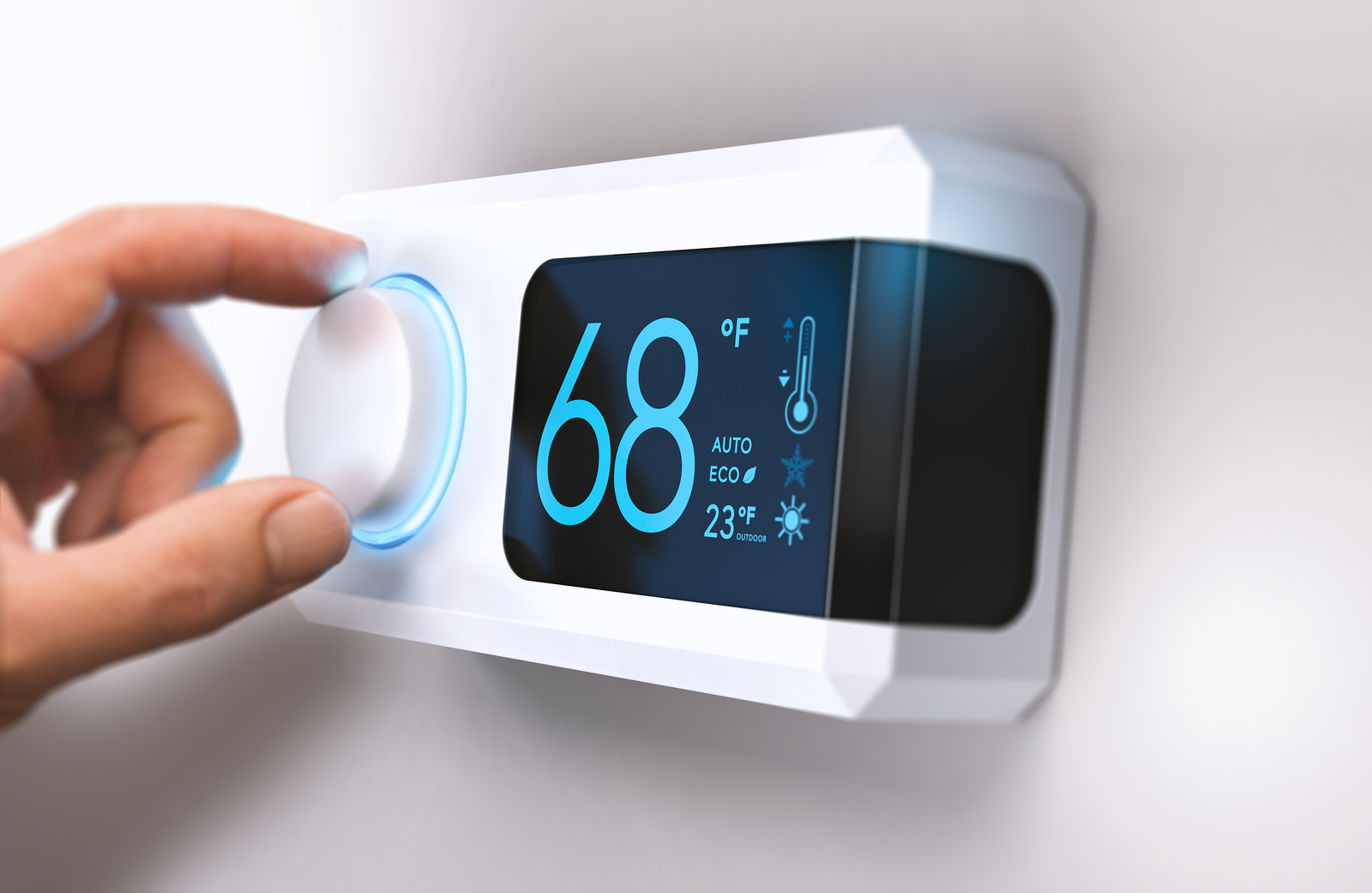Though it might not appear to be so, winter is steadily making its way to the United States. The signs are there: the leaves are changing, the weather is cooling, and the birds are migrating. These occurrences signal the approach of winter. Winter can be a very hard season, particularly in the northeast. People rely on their home heating systems in order to keep them warm and comfortable during the bitter winter months.
There remains a question, however. What method of keeping your home warm is the best? This is a topic of nearly continuous debate, with each side adamantly defending their choice source of heat. The most common home heating systems are electric, natural gas, geothermal, and burned (coal and wood).
Each method of heating your home has its benefits, as well as its downfalls. Many people enjoy the simplicity of burning wood or coal in a stove to heat their home, while others prefer the ease of flipping a switch for their electric heat. Check out the list below to learn about the advantages and disadvantages of each method.
Electric
Electric heat comes standard in many homes. The great thing about electric home heating is that you can actively adjust the temperature. The temperature is highly responsive, so you can find your perfect comfort level fairly easily. However, when it is very cold, your electric works overtime. This is often reflected in the electric bill when it comes the next month.
Natural Gas
Another common fixture in many homes, natural gas furnaces are a great appliance to own. Central heating ensures that your home remains warm and comfortable in every room. One downside to a furnace is that it requires constant care and upkeep. It is important that your furnace is regularly checked by a professional so that you remain safe.
Geothermal
Geothermal heating systems are unique on this list. The system regulates itself using the heat of the Earth. So whatever the weather is outside, it will be comfortable indoors. These home heating systems are very expensive to put in, so that is a downfall. However, they require little to no maintenance for extended periods of time.
Stove/Fireplace
A stove or fireplace is the most “natural” option in this group. They are a great option if you have the space. If you have access to free or cheap wood, and the ability to store it, you can bring your heating costs down. In fact, it may be cheaper this way than the other options. Coal burns very hot, and can heat your home quite quickly and efficiently.
However, when coal burns it expels a pollutant. Additionally, it is a fossil fuel, so its supply is technically “limited” in the grand scheme. Chimneys and stoves must be cleaned and maintained in order to avoid an accident. High quality coal and wood can be very expensive if you are buying it. However, with a few tools and some elbow grease, you can get your hands on some high-quality hardwood logs for cheap by cutting them yourself.
All of these heating appliances are great options for the homeowner. The one you choose should fit best with your time, budget, and lifestyle. Perhaps a combination between a few methods may provide the best result. Whatever route you take, stay warm this winter.








